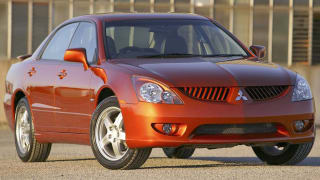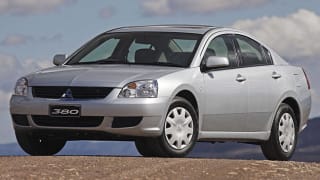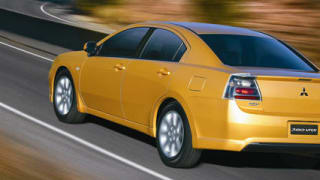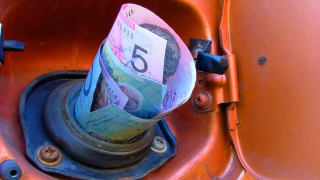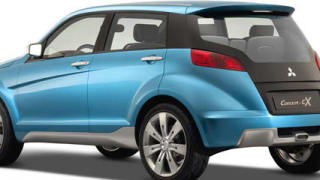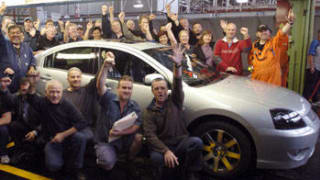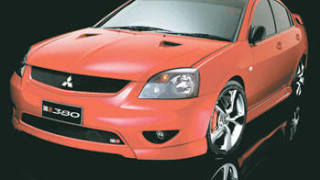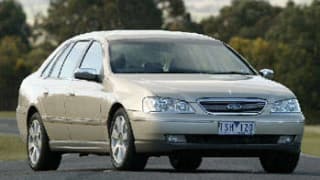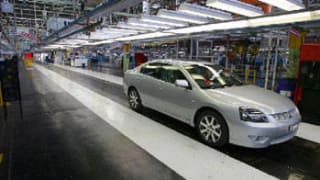A typical air-conditioning system in a car uses an engine-driven pump (compressor), heat exchangers and lots of ducting as well as a decent volume of compressed refrigerant gas to make it all work. If any of these things is out of kilter, the air-con may stop working.
Low gas levels, a worn out compressor, compressor clutch, or an electrical problem could be the cause here. The system is also full of interlocks to ensure that it can’t be damaged, for instance, by operating with insufficient gas or if the temperature of the system becomes too hot. At the other extreme, you might simply have a blown fuse that controls the fan circuit, at which point the system will not work either.
The best solution is to take the car to an air-conditioning specialist. The first thing they’ll do is test to see whether the system is holding pressure. If it is, the fix may be a simple re-gas of the system, at which point, chilled air may be miraculously restored. But you may find you need to replace some parts as well. But a pressure test will often be the first thing tried as the typical car air-con system loses gas over time, and that’s just a fact of life. Eventually, it may get so low the system can’t operate and there’s no more cold air.
This is why it’s important to run the air-con (even in winter) for a minute or so every week. This will help keep the seals lubricated and prevent loss of gas in the long term.



